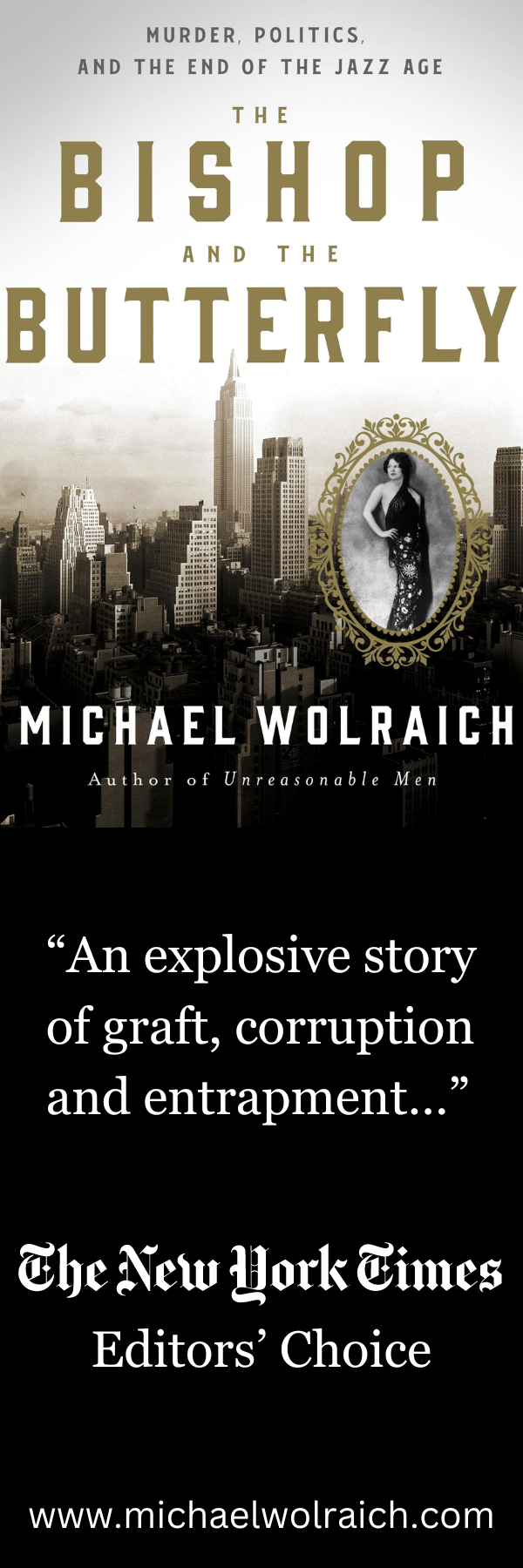He has delivered revelatory reporting on some of the defining stories of our time. But a close examination reveals the weaknesses in what may be called an era of resistance journalism.
By Ben Smith @ NYTimes.com, May 17
It was a breathtaking story, written by The New Yorker’s marquee reporter and published with an attention-grabbing headline: “Missing Files Motivated the Leak of Michael Cohen’s Financial Records.”
In it, the reporter, Ronan Farrow, suggests something suspicious unfolding inside the Treasury Department: A civil servant had noticed that records about Mr. Cohen, the personal lawyer for President Trump, mysteriously vanished from a government database in the spring of 2018. Mr. Farrow quotes the anonymous public servant as saying he was so concerned about the records’ disappearance that he leaked other financial reports to the media to sound a public alarm about Mr. Cohen’s financial activities.
The story set off a frenzied reaction, with MSNBC’s Chris Hayes calling it “an amazing shocking story about a whistle-blower” and his colleague Rachel Maddow describing it as “a meteor strike.” Congressional Democrats demanded answers, and the Treasury Department promised to investigate.
Two years after publication, little of Mr. Farrow’s article holds up, according to prosecutors and court documents. The Treasury Department records on Michael Cohen never went “missing.” That was merely the story put forward by the civil servant, an Internal Revenue Service analyst named John Fry, who later pleaded guilty to illegally leaking confidential information.
The records were simply put on restricted access, a longstanding practice to prevent leaks, a possibility Mr. Farrow briefly allows for in his story, but minimizes [....]


